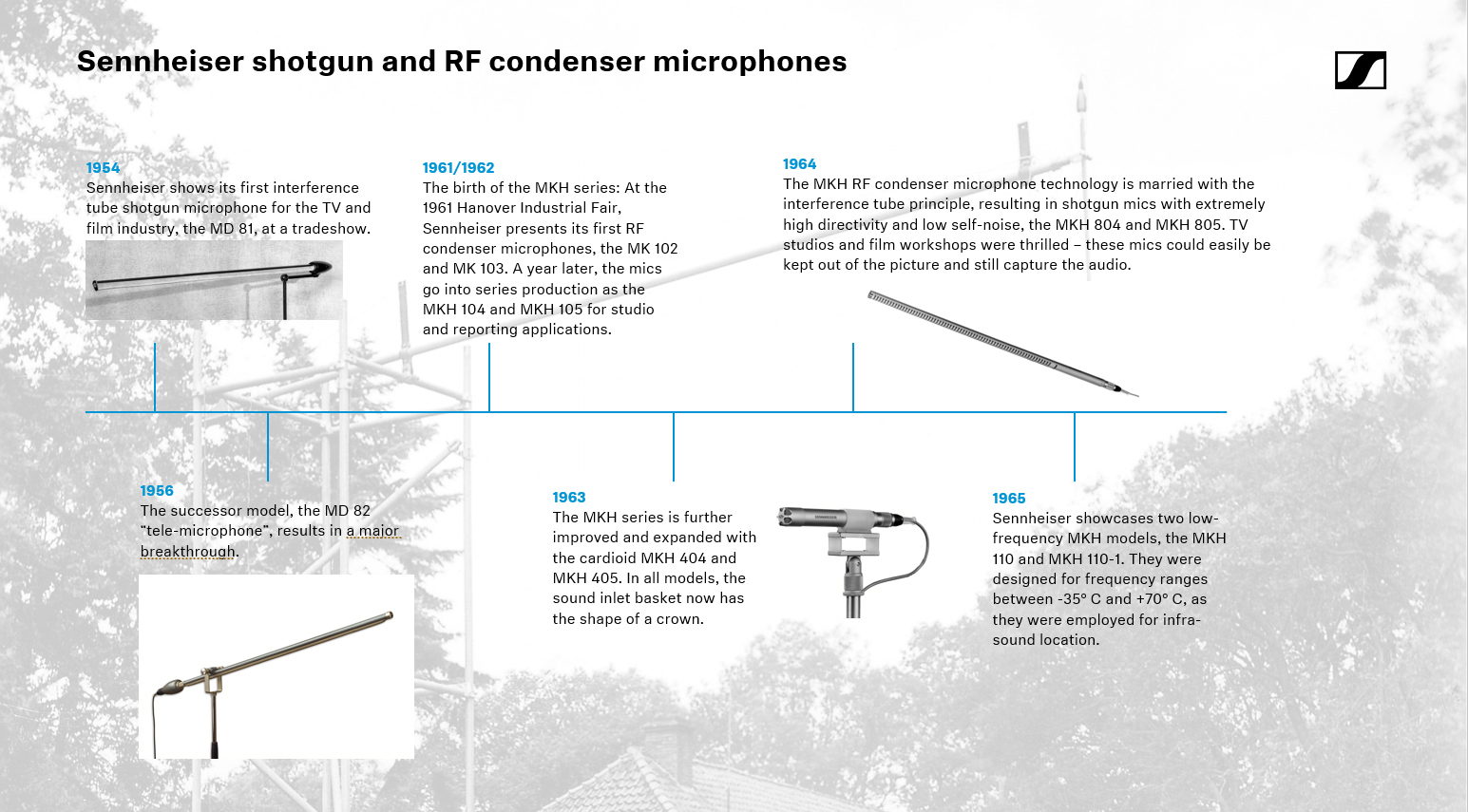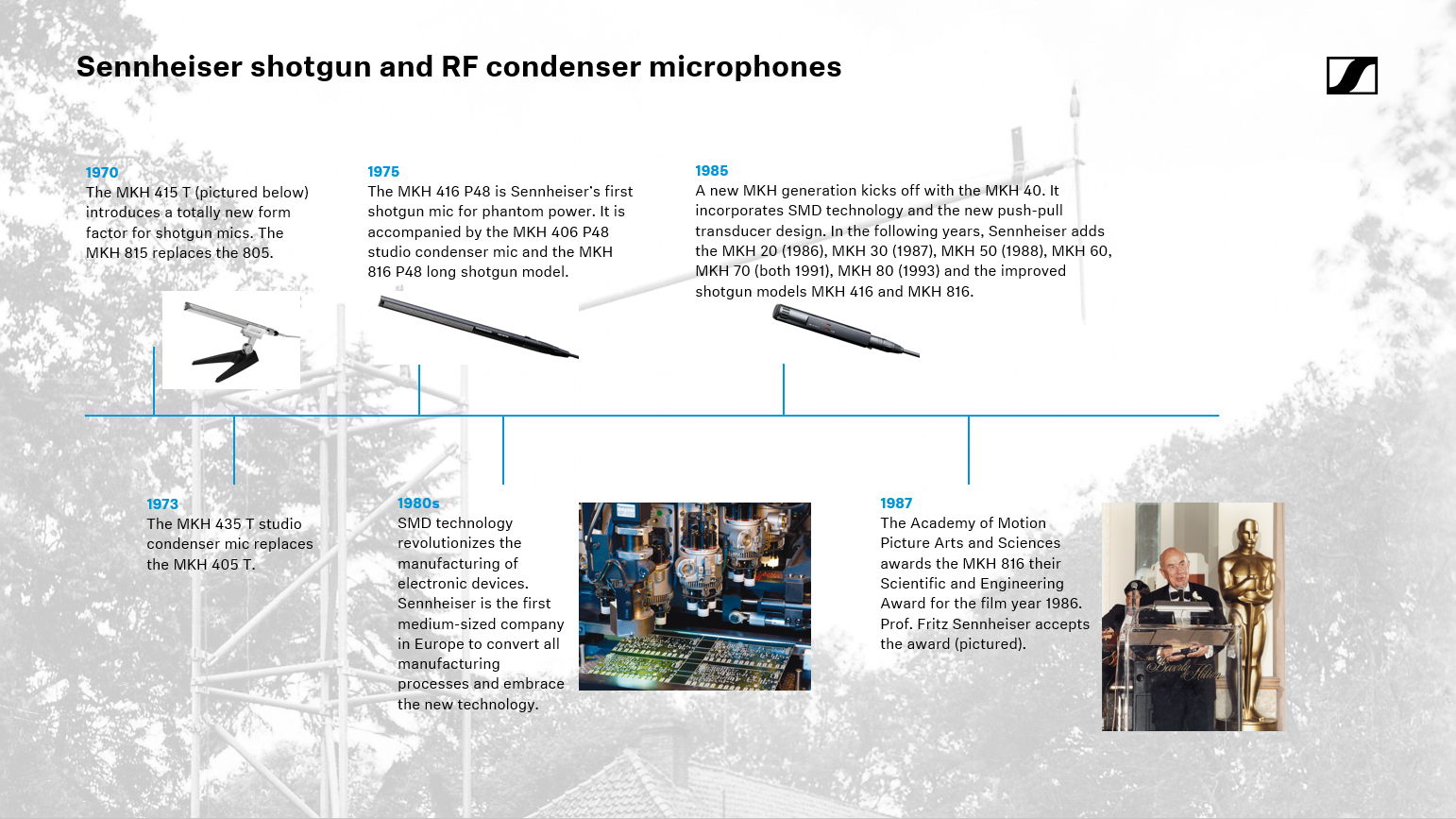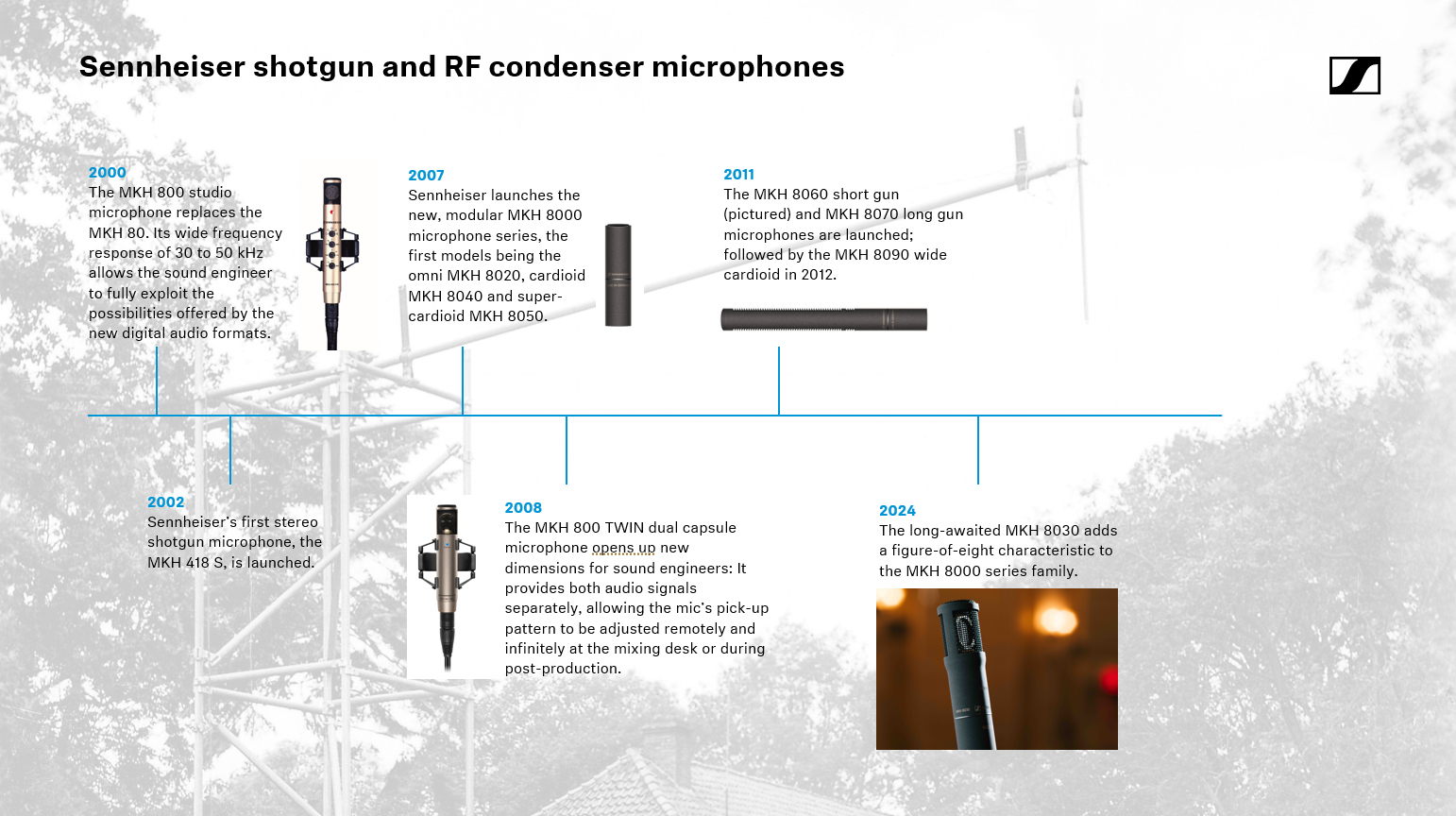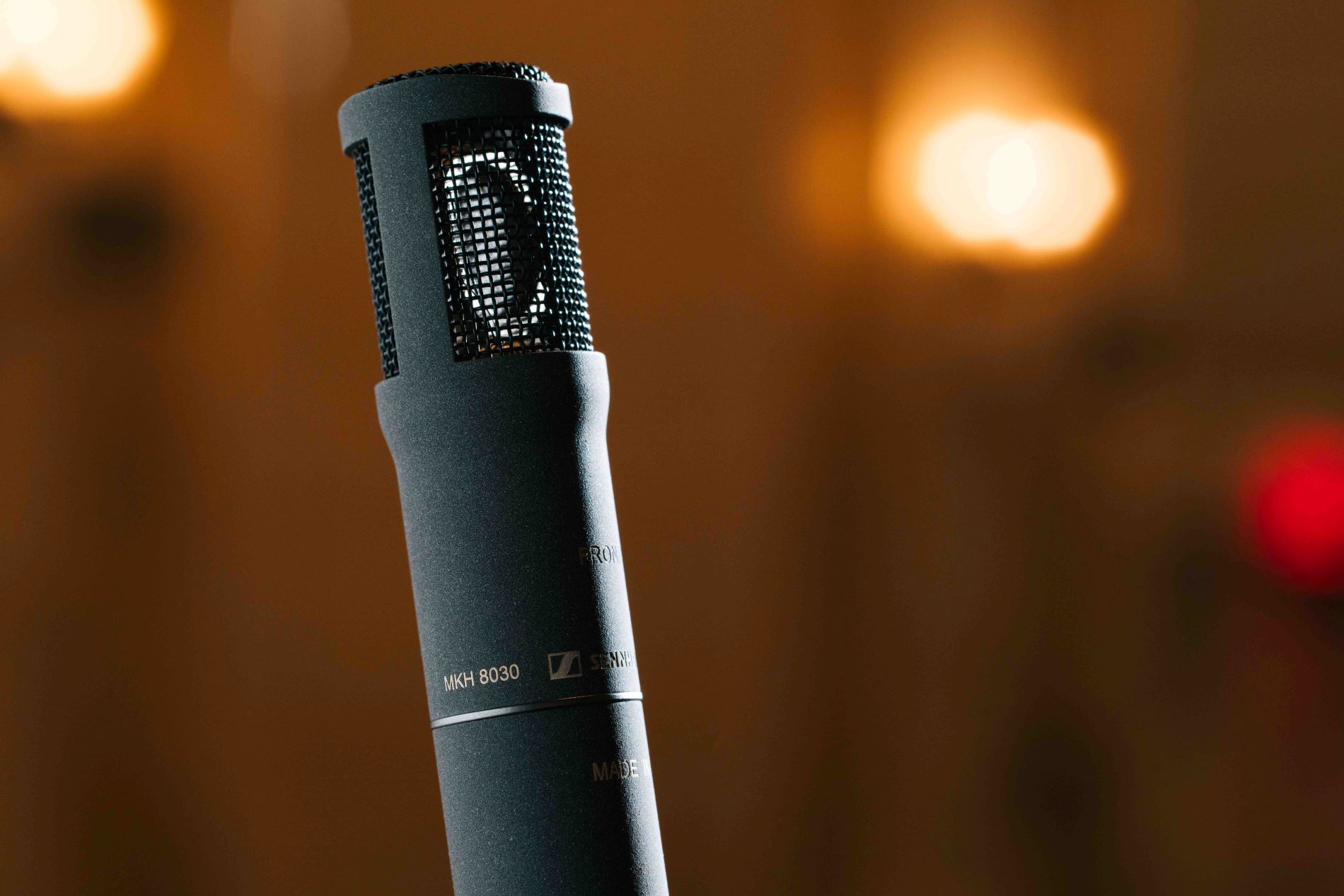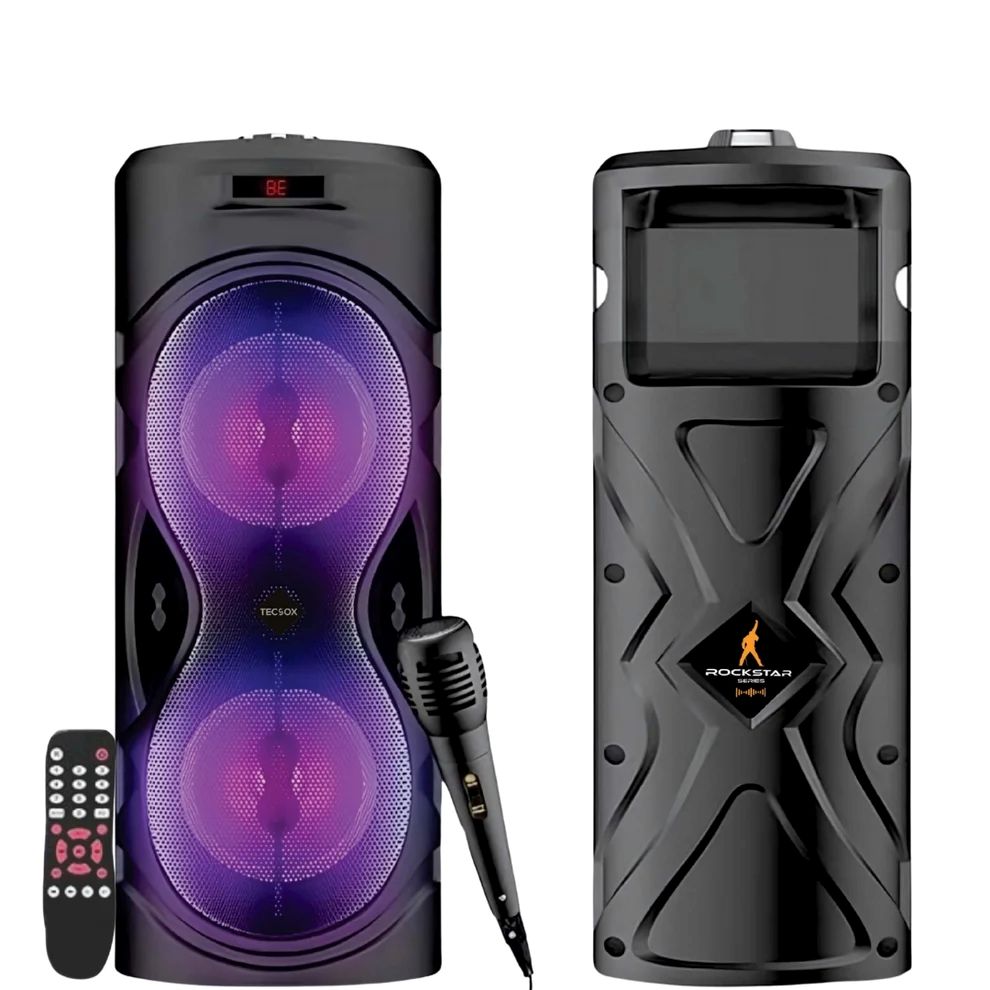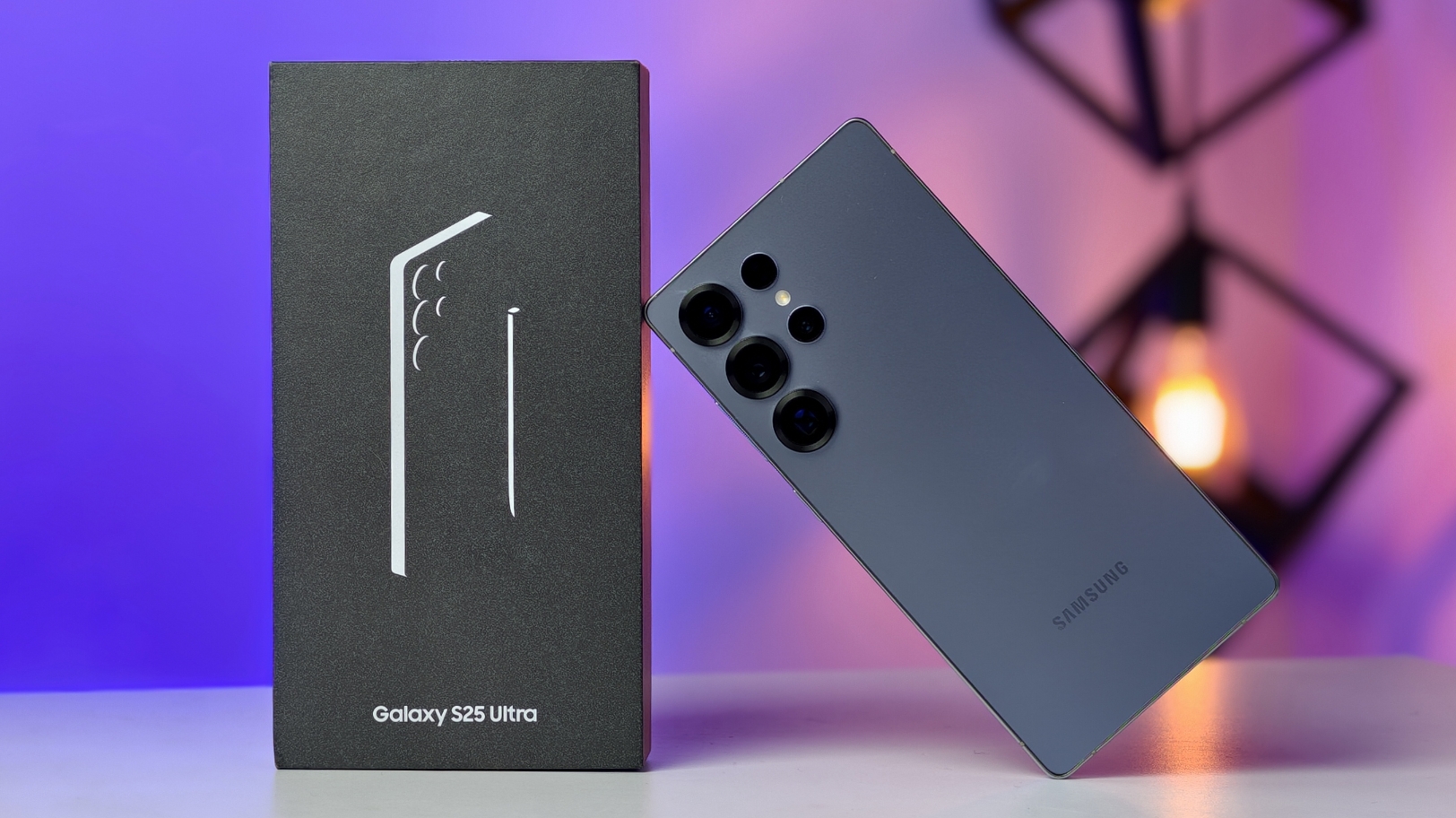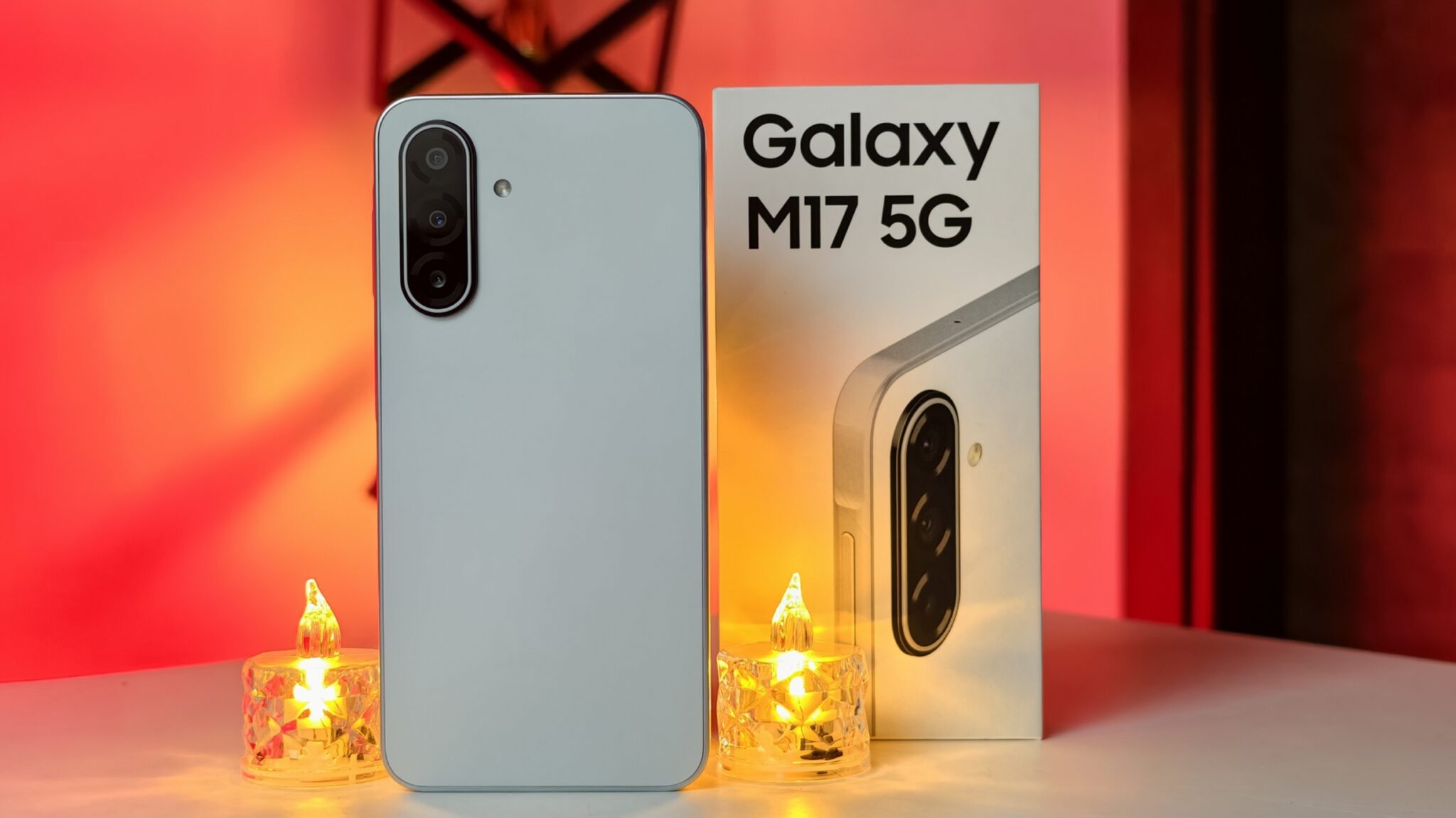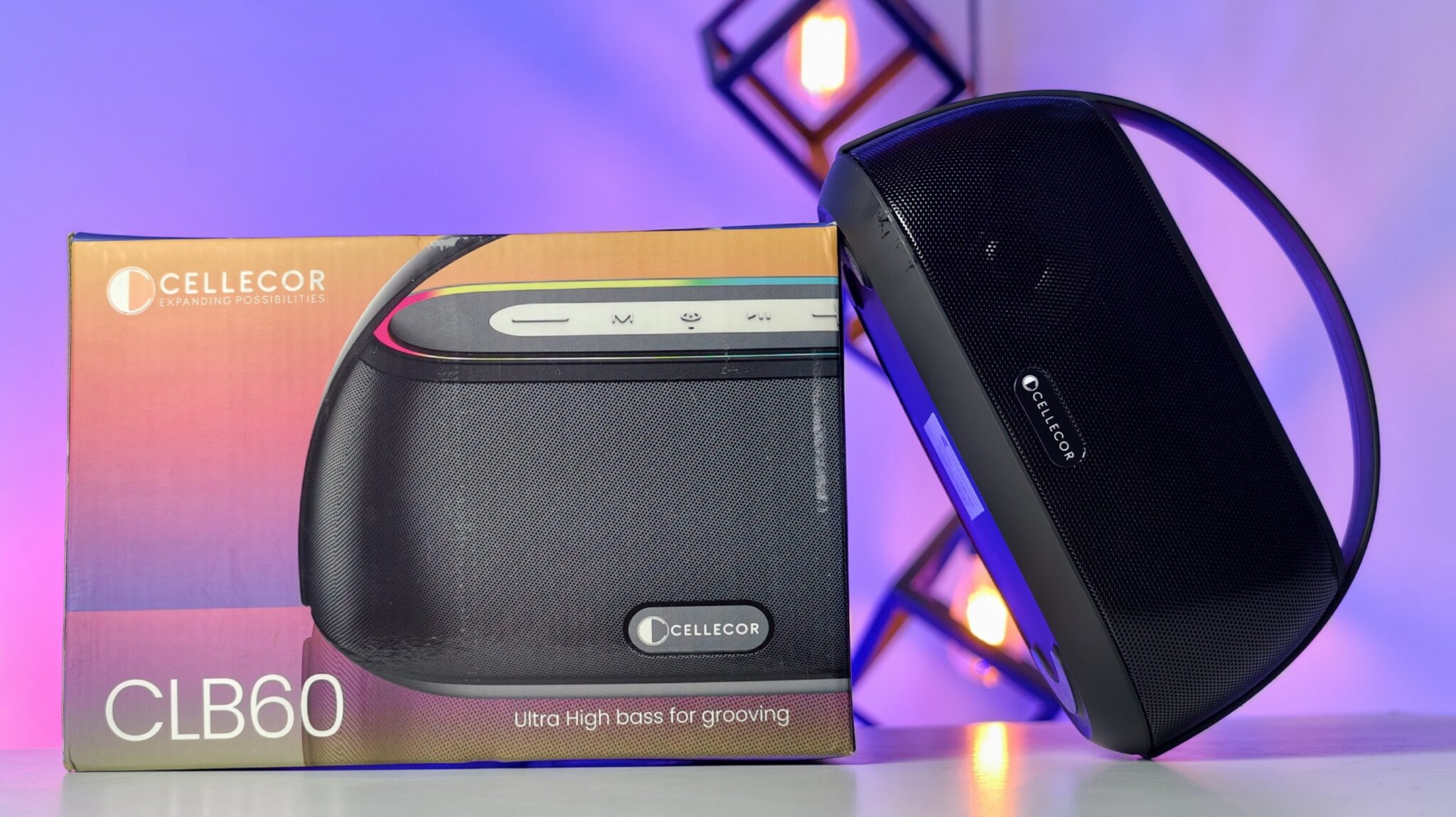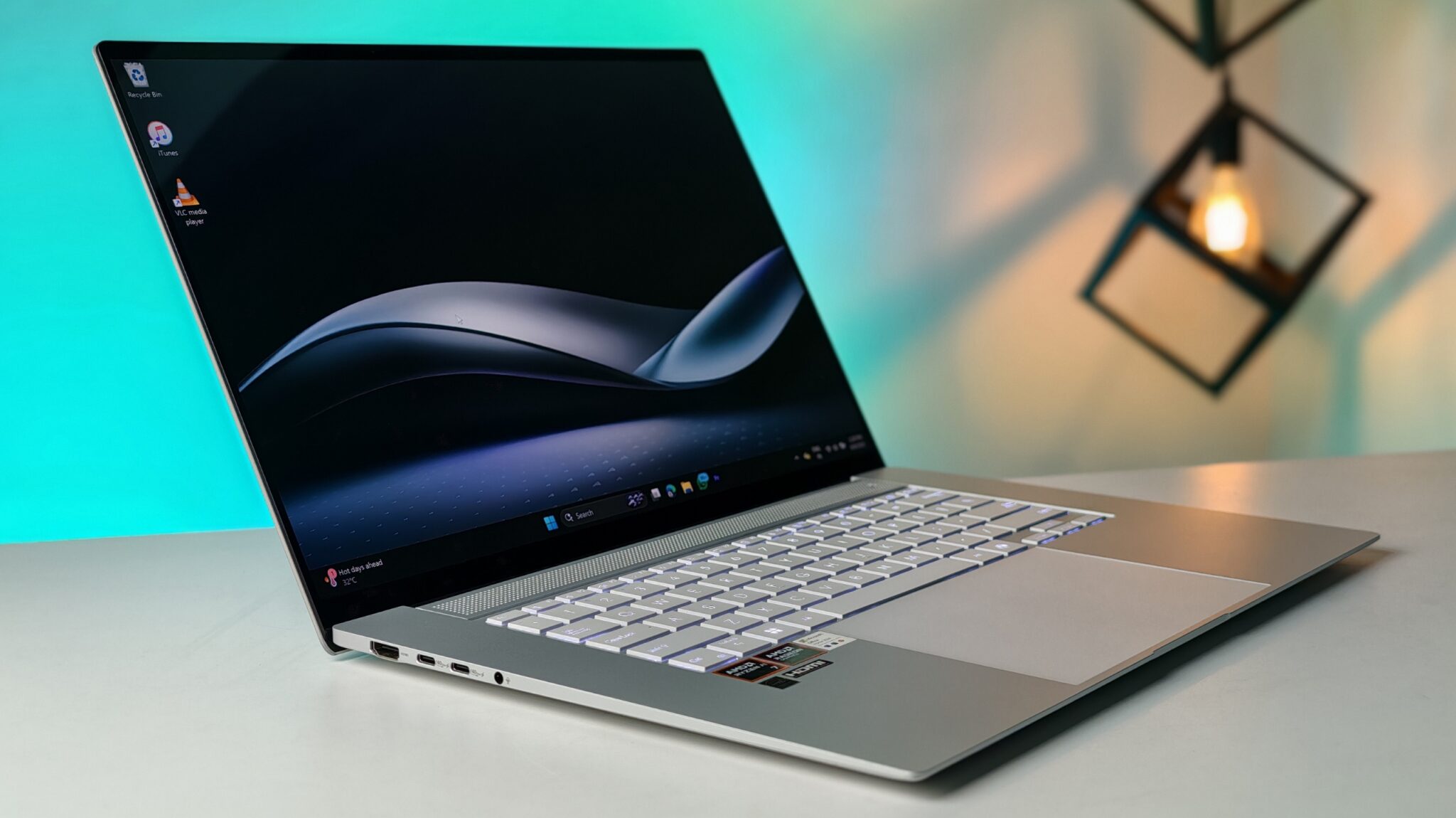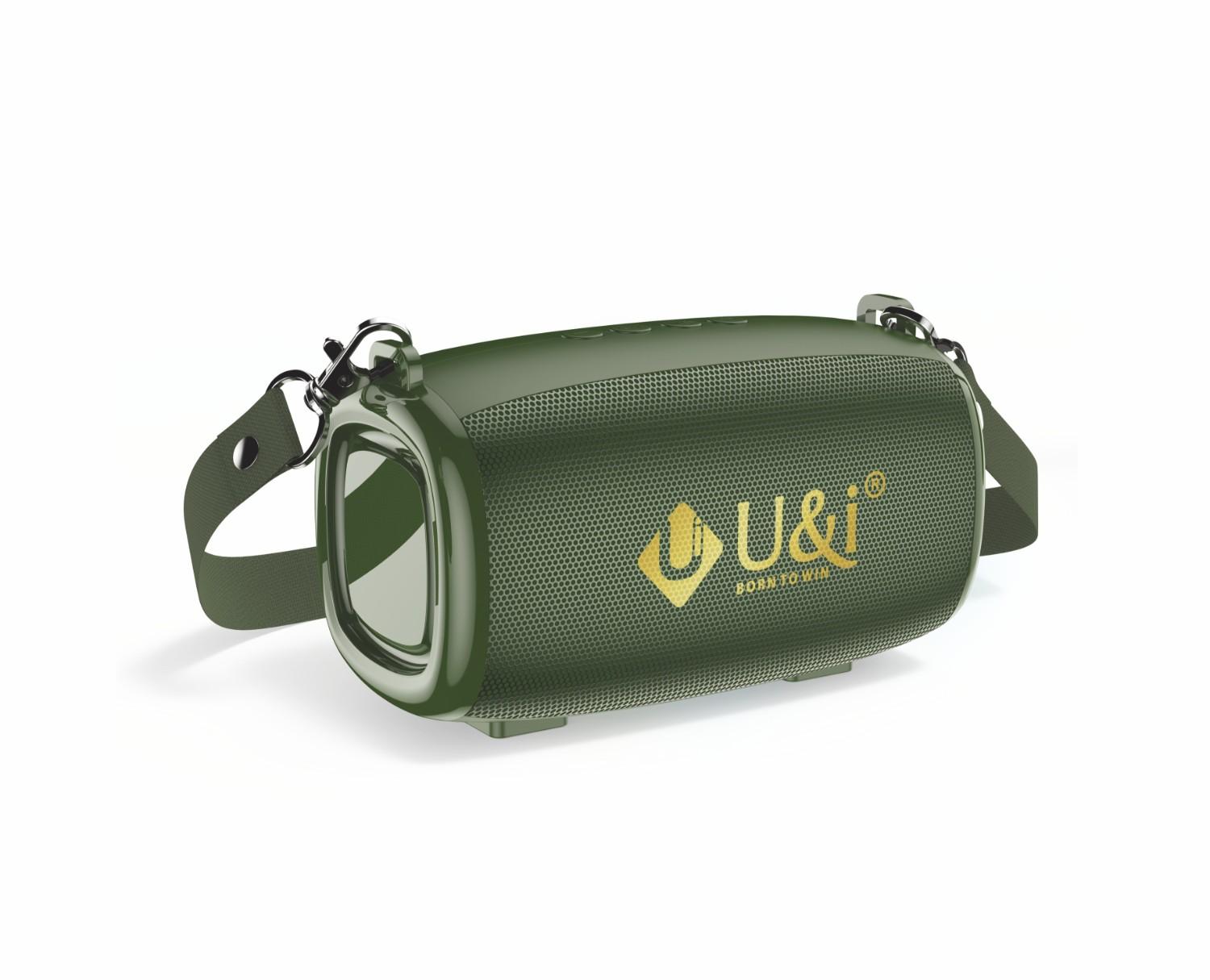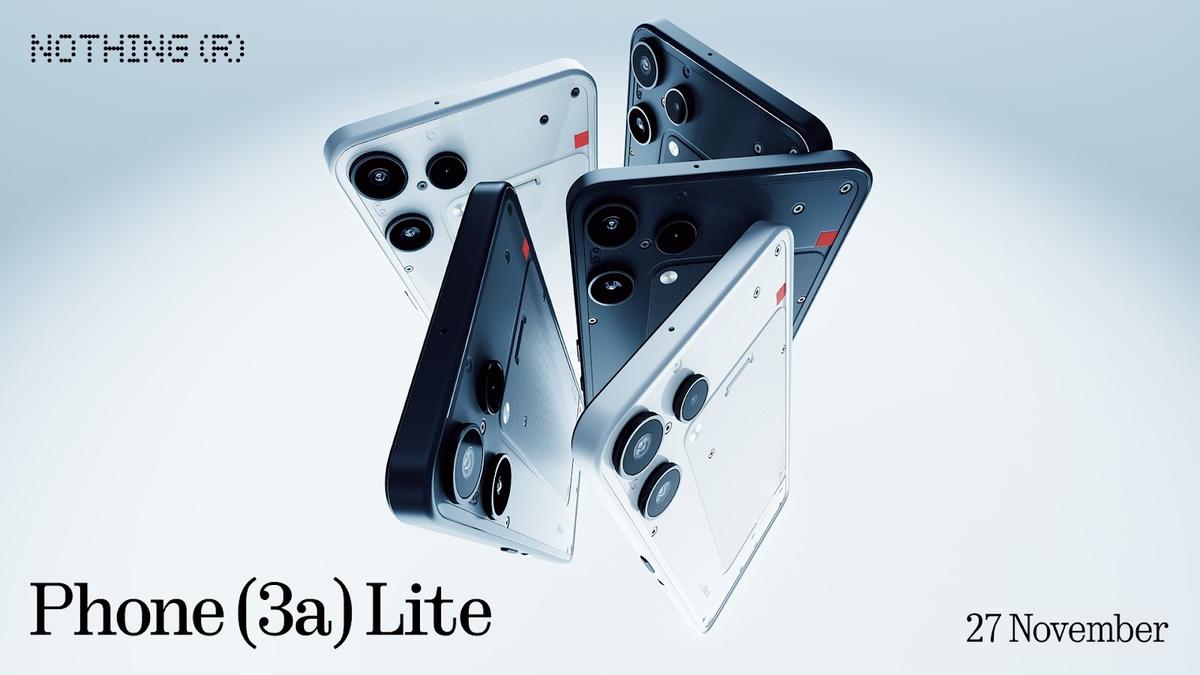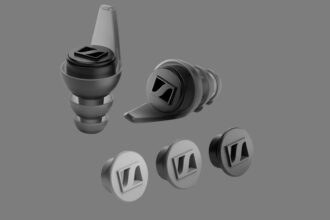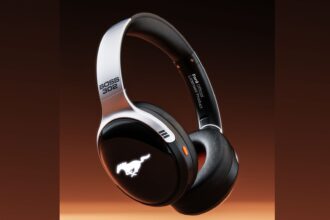Imagine a tool so reliable, so good at its job, that it remains a top pick for professionals even after half a century. That’s the story of the Sennheiser MKH 416 P48 shotgun microphone, a true icon in the world of audio, which is celebrating its 50th anniversary this year! And guess what? Sennheiser is marking this milestone with a fantastic 25% discount starting April 10th and running until May 31st, available through distributors and on Amazon.
For five decades, this microphone has been the trusted companion of broadcasters, filmmakers, voice-over artists, and countless content creators. Whether perched on a boom pole, a sturdy stand, or mounted on a camera, the MKH 416 has consistently delivered crystal-clear sound without ever stepping into the frame. It’s the unsung hero of countless productions, capturing voices and sounds with remarkable clarity and impact.
Let’s take a quick trip back to the 1970s. A young, talented engineer named Manfred Hibbing joined Sennheiser, and his very first task was to bring the MKH 416 P48 to life, building upon the foundation of the earlier MKH 415 T. This new microphone was significant because it was Sennheiser’s first shotgun mic to use phantom power (P48). Back then, while AB powering had its advantages for broadcast due to its resilience against voltage fluctuations, phantom power was becoming the standard in studios.
Hibbing’s expertise in both electroacoustics and radio frequency (RF) technology proved to be a game-changer for the MKH 416. In a 2023 interview, he fondly recalled that fine-tuning the interaction between the microphone’s sound-capturing element and its electronic circuitry was his favorite part of the design process.
What’s truly remarkable is that over these 50 years, the fundamental design of the MKH 416 has only been tweaked twice. Once to accommodate surface-mount device (SMD) technology and another time to incorporate more advanced transducer technology. This speaks volumes about the brilliance of the original design.

But what makes this microphone so enduringly popular? One key reason lies in its use of the RF condenser principle. Now, don’t let “radio frequency” mislead you – it has nothing to do with wireless transmission. Instead, it refers to the high-frequency voltage present at the microphone’s capsule and its associated electronics. This design provides a significant advantage: exceptional resistance to humidity. Unlike many standard condenser microphones, the MKH 416 thrives in challenging environments, from scorching deserts to freezing Arctic landscapes and humid rainforests. It has reliably captured audio in all sorts of demanding conditions.

Another crucial factor is its outstanding directivity, a result of the acoustic interference principle at its core. The microphone capsule works in tandem with a specially designed “interference tube” placed in front of it. This tube features precisely arranged slots covered with a fabric that has specific sound-absorbing properties, preventing unwanted reflections and standing waves inside. When sound comes directly from the front, the tube has no impact. However, when sound waves enter from the sides, they travel through different slots, resulting in varying path lengths and time delays to the transducer. Depending on the angle of the incoming sound, these components partially or completely cancel each other out. This effect becomes more pronounced at higher frequencies, meaning the microphone primarily picks up sound originating directly in front of it. This is particularly beneficial for capturing speech clearly, as the crucial speech frequencies are recorded with minimal interference from the sides compared to standard microphones.

You might think a longer shotgun microphone would offer even better directionality at lower frequencies. While that’s generally true, longer microphones can be cumbersome to handle. The MKH 416 strikes a perfect balance, offering effective directionality despite its relatively short length. The story behind this specific length is quite interesting and takes us back to its predecessor, the MKH 415 T.
Back in 1970, the Sennheiser engineers were incredibly proud of their newly designed MKH 415. It was less susceptible to wind and popping noises, had better resistance to handling noise, and boasted excellent directivity. Dr. Griese, the technical manager at Sennheiser at the time, was eager to showcase this new microphone to radio and TV broadcasters. The customers were impressed but had one key piece of feedback: the shotgun effect was so strong that they had to constantly reposition the microphone to follow the speaker.
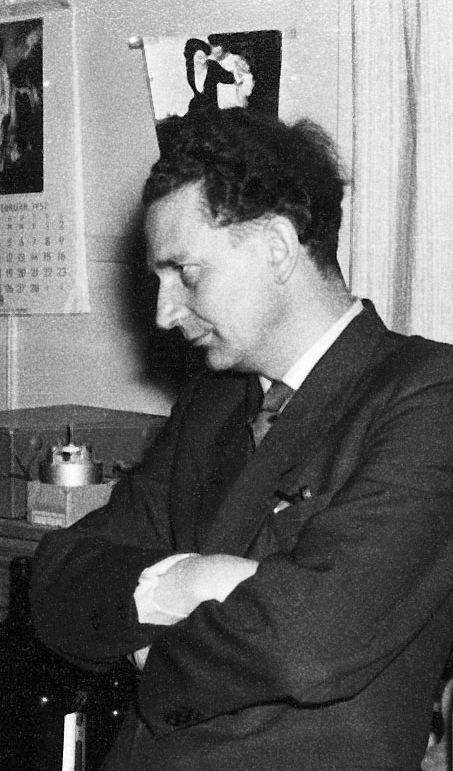
Dr. Griese listened intently and then, to the astonishment of everyone present, asked for a hacksaw. “How much directivity would you like?” he inquired before proceeding to saw off a section of the microphone tube. The customers were stunned into silence. Dr. Griese then tested the shortened microphone, and to everyone’s amazement, it was perfect! From that moment on, the MKH 415 – and subsequently the MKH 416, which inherited its design – became incredibly successful, becoming the go-to microphone for vocalists, film crews, and reporters. Even specialist media outlets were impressed by its “unusually short length.”
As Vipin Pungalia, Director – Pro Audio and Country Head, Sennheiser India, aptly puts it, “The MKH 416 continues to be a standout in our shotgun microphone range, even with the introduction of newer models over the years. It’s a legendary product in our portfolio—renowned for its versatility, durability, and performance. The MKH 416 is one of those rare microphones that got everything right from day one.”
So, if you’ve ever wondered if a 50-year-old piece of technology can still hold its own in today’s world, the Sennheiser MKH 416 is a resounding “yes!” Its enduring popularity and the current anniversary discount make it a fantastic opportunity to own a piece of audio history that continues to deliver exceptional results. Don’t miss out on this chance to experience the magic of a true audio legend!
